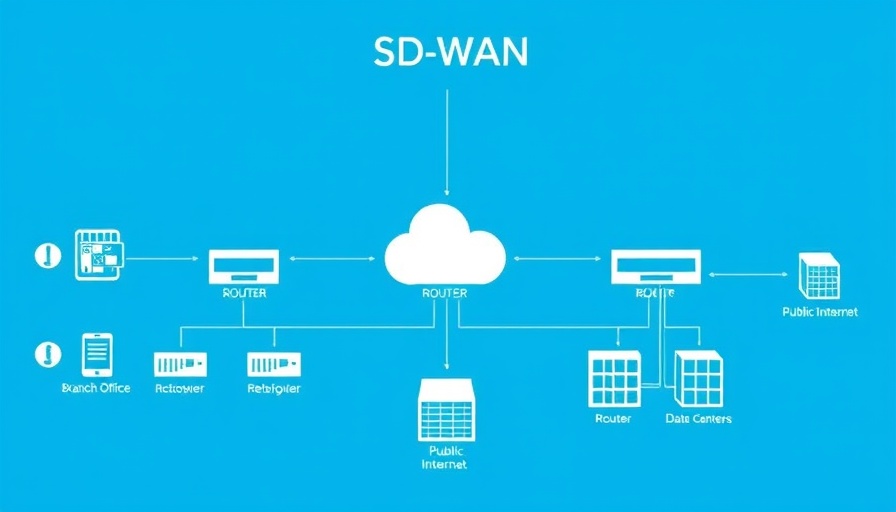
The Shift to Hybrid Work: Understanding the Need
The demand for flexibility in the workplace has surged, prompting organizations to embrace hybrid work models that blend in-office and remote operations. This transition has brought about significant advantages, including enhanced productivity and the ability to attract top talent. However, it has also posed formidable challenges regarding cybersecurity, as employees access sensitive corporate resources from diverse locations, devices, and potentially unsecure networks.
The Vulnerabilities of the Traditional Security Model
Historically, enterprises operated under a 'castle-and-moat' security framework, where the internal network was tightly protected by firewalls, with access strictly limited to users within the corporate domain. This model, effective in a pre-remote work world, is now antiquated. Employees working from home or public spaces expose the organization to cyber threats previously mitigated by a strong perimeter defense. As remote access becomes commonplace, the necessity to re-think security strategies is evident.
What Is SASE and How Does It Help?
Enter SASE, or Secure Access Service Edge, a term popularized by Gartner to describe a modern approach that combines security and networking principals into a unified framework. By integrating technologies such as Software-Defined Wide Area Network (SD-WAN), Cloud Access Security Broker (CASB), and Zero Trust Network Access (ZTNA), SASE provides a cohesive platform that enables organizations to secure their networks regardless of where employees are located. This single-vendor solution is critical for simplifying IT management and ensures consistent security policies across various access points.
Deciphering Security Service Edge (SSE)
SSE serves as the security foundation of SASE, focusing on the essential elements required to safeguard enterprise data in a hybrid environment. By deploying advanced security measures such as threat detection, data loss prevention, and secure internet access, organizations can protect their digital assets from evolving threats. Furthermore, SSE’s capabilities support a Zero Trust approach, meaning no user or device is inherently trusted, and verification is required at all times.
Implementing a SASE Framework: Challenges and Solutions
While adopting SASE may seem daunting, organizations can mitigate challenges through strategic planning and execution. Key steps include managing existing security tools, ensuring seamless integration into current IT environments, and providing adequate training for personnel. By fostering a culture of cybersecurity awareness and collaboration across departments, companies can create a resilient defense against threats.
Looking Ahead: The Future of Enterprise Security
The evolution of the workforce toward hybrid models is an ongoing trend expected to continue shaping organizational strategies. As businesses adapt, SASE and SSE not only present innovative solutions but also empower employees with secure access to vital resources from anywhere. This adaptability will be key in sustaining productivity and mitigating risks in the future.
Understanding SASE and SSE is essential for organizations navigating today's complex security landscape. Staying informed about these advancements equips companies to better protect their digital infrastructures, paving the way for a secure and efficient future. As the cyber threat landscape continues to evolve, so too must our strategies for defending against it, ensuring we remain one step ahead.
 Add Row
Add Row  Add
Add 




Write A Comment